pdr
Member
Looking for a straight answer. Are seal offs required at the control panel? Please provide the code article. Thanks, PDR.
I just spent this summer putting new control panels in eighteen sewer lifts in my home town. Some were above grade, some were bellow; all no more than four feet away from the wet well. None of them had to be wired as classified locations. EMT and Sealtite was all we used on all of them. No seal offs in the original or in the new.Looking for a straight answer. Are seal offs required at the control panel? Please provide the code article. Thanks, PDR,.
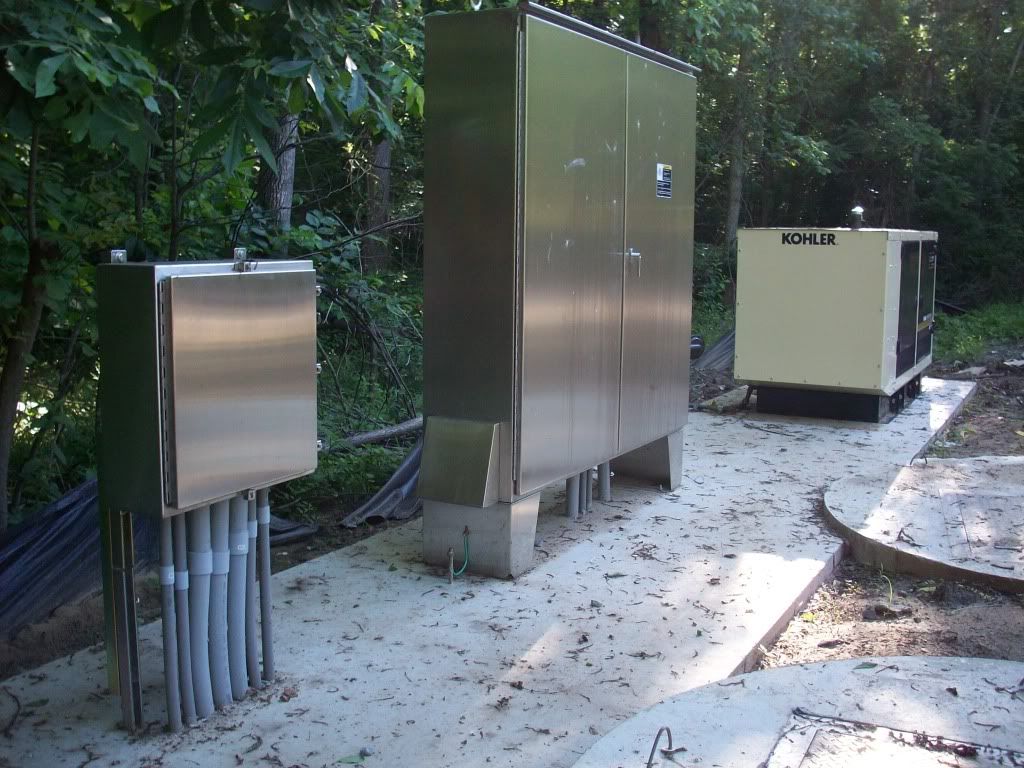
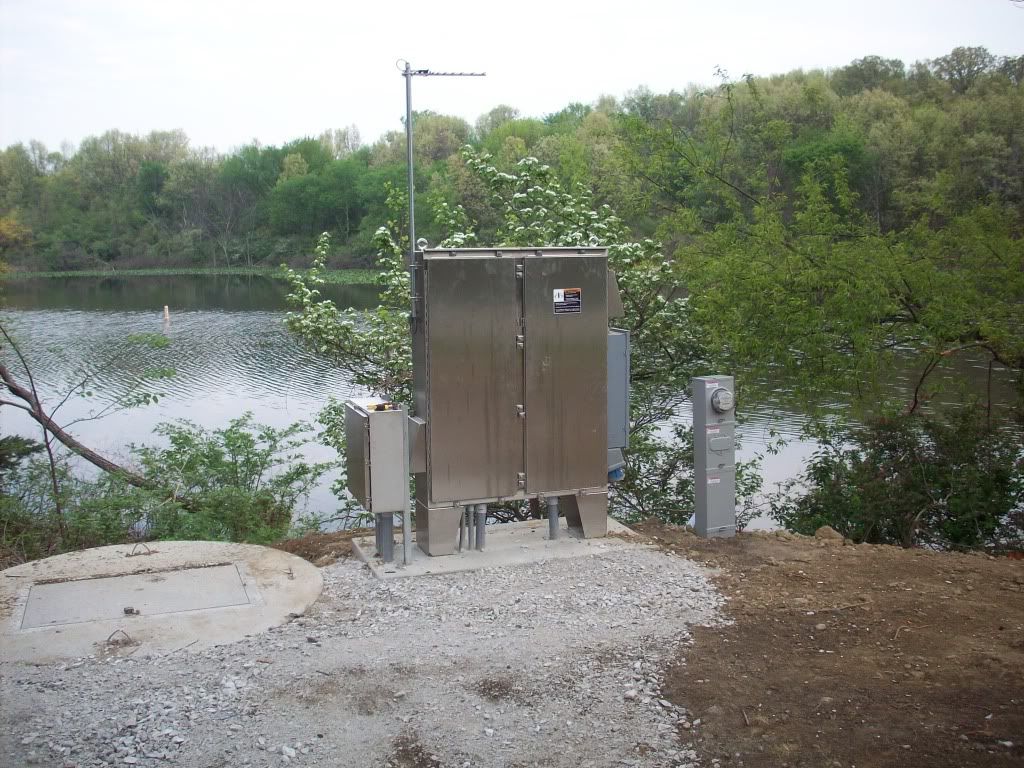
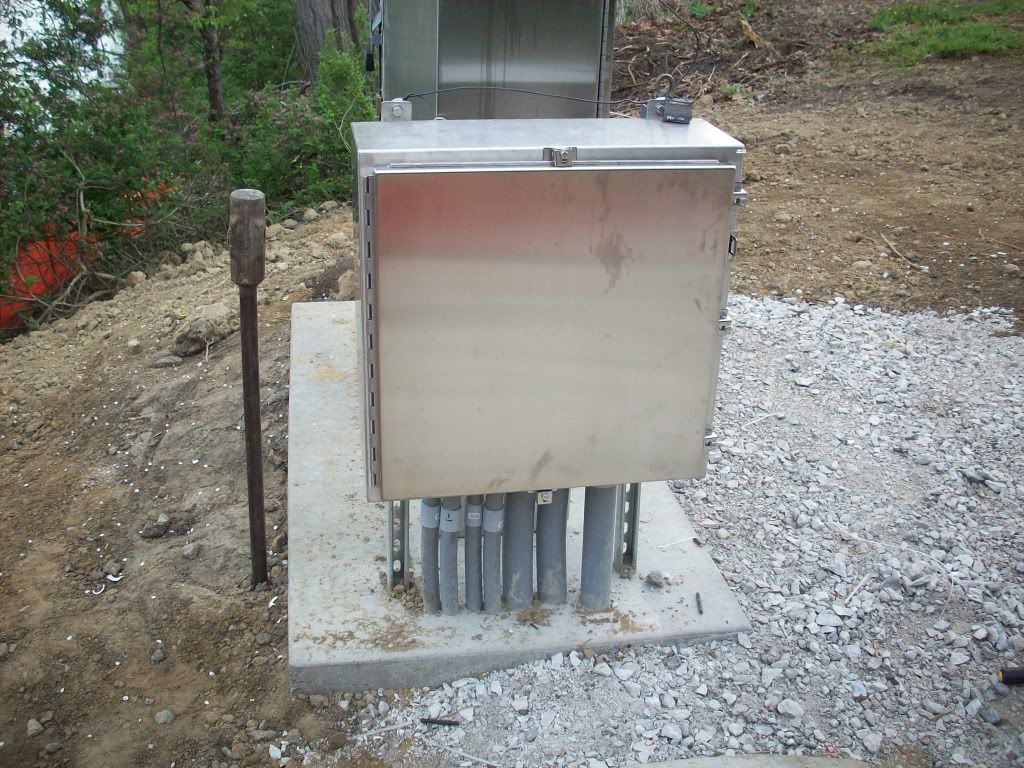
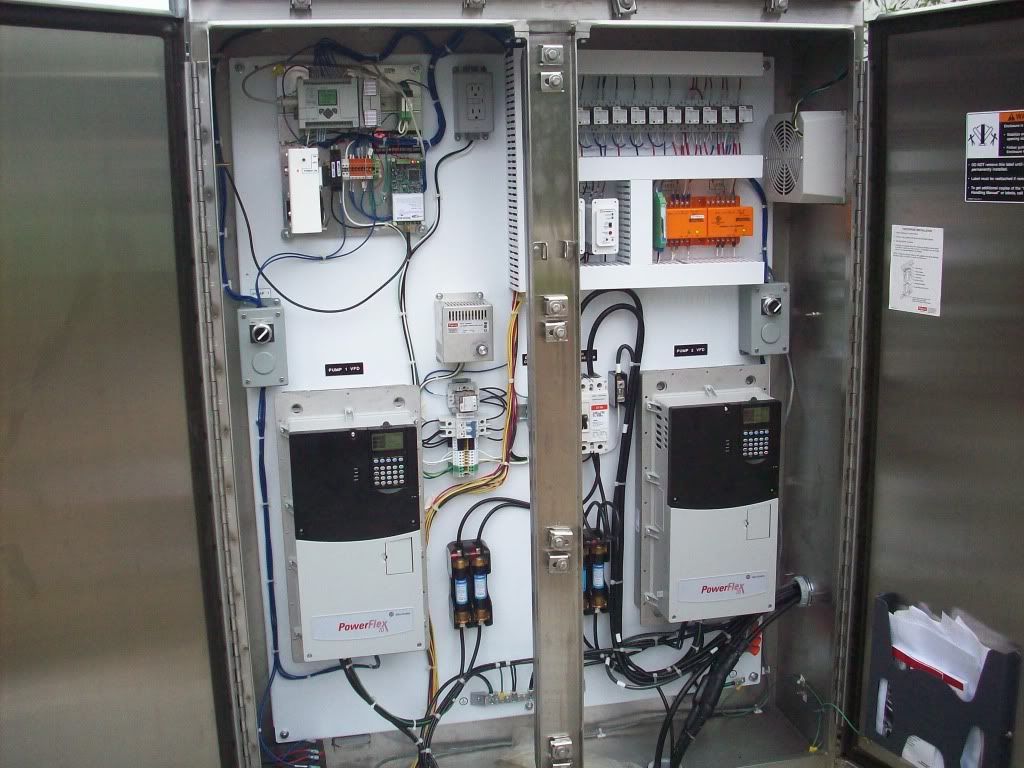
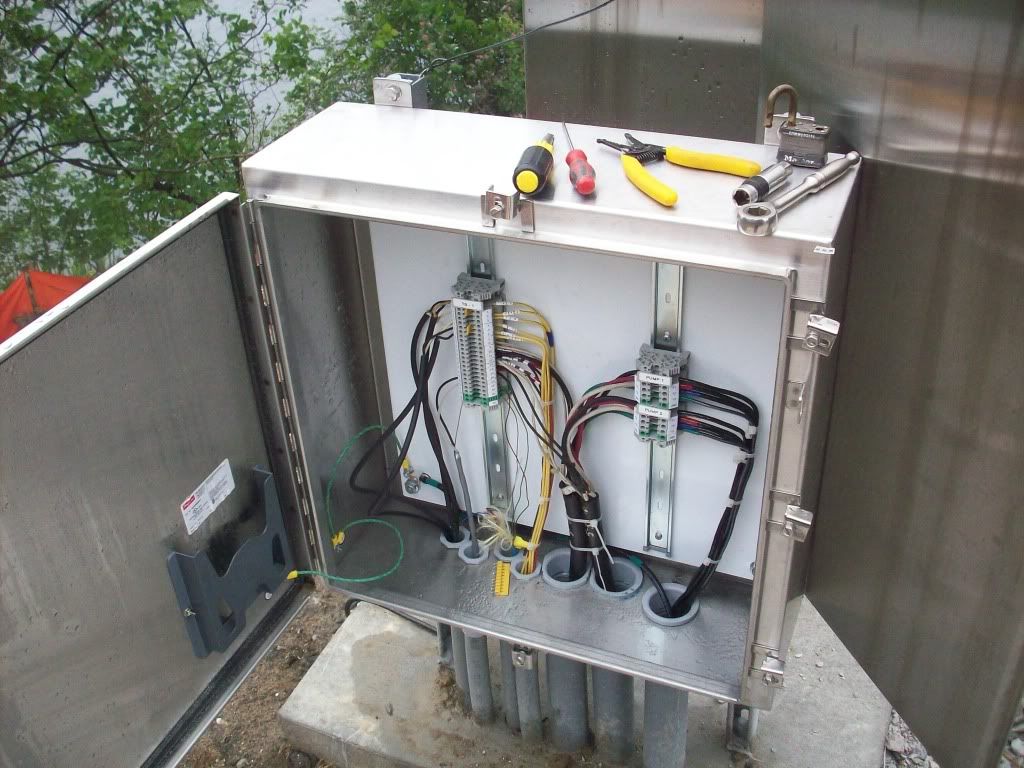
Those are some nice looking panels, however I don't understand how you got around seal-offs. It is pretty cut and dry in NFPA820 what is classified based on the type of residential system/number of households and then you go back to NFPA70 article 501 for what is required. I have visited and/or designed over 50 stations in Michigan and all had seals. Some had vented cable tray, but we had it removed.
Is the fan blowing in or out of the cabinet? I would say out in order to remove the heat from the drives being in the enclosure.

